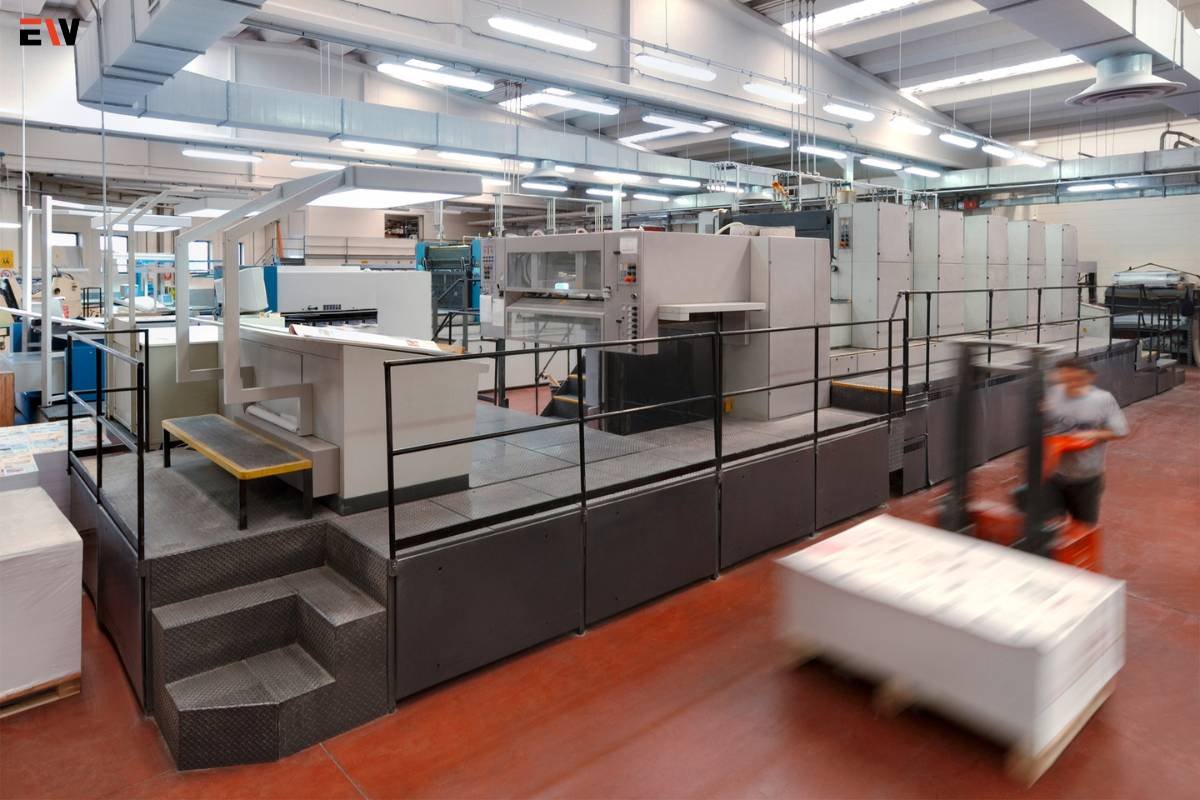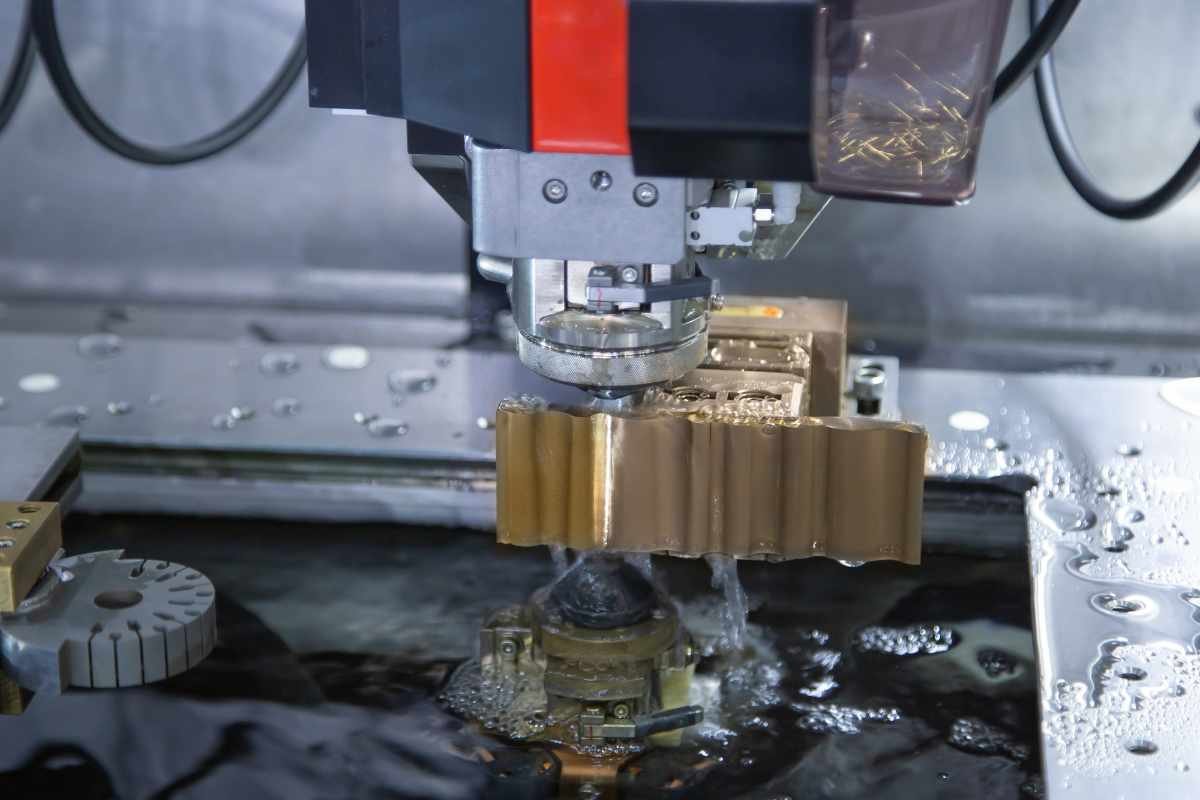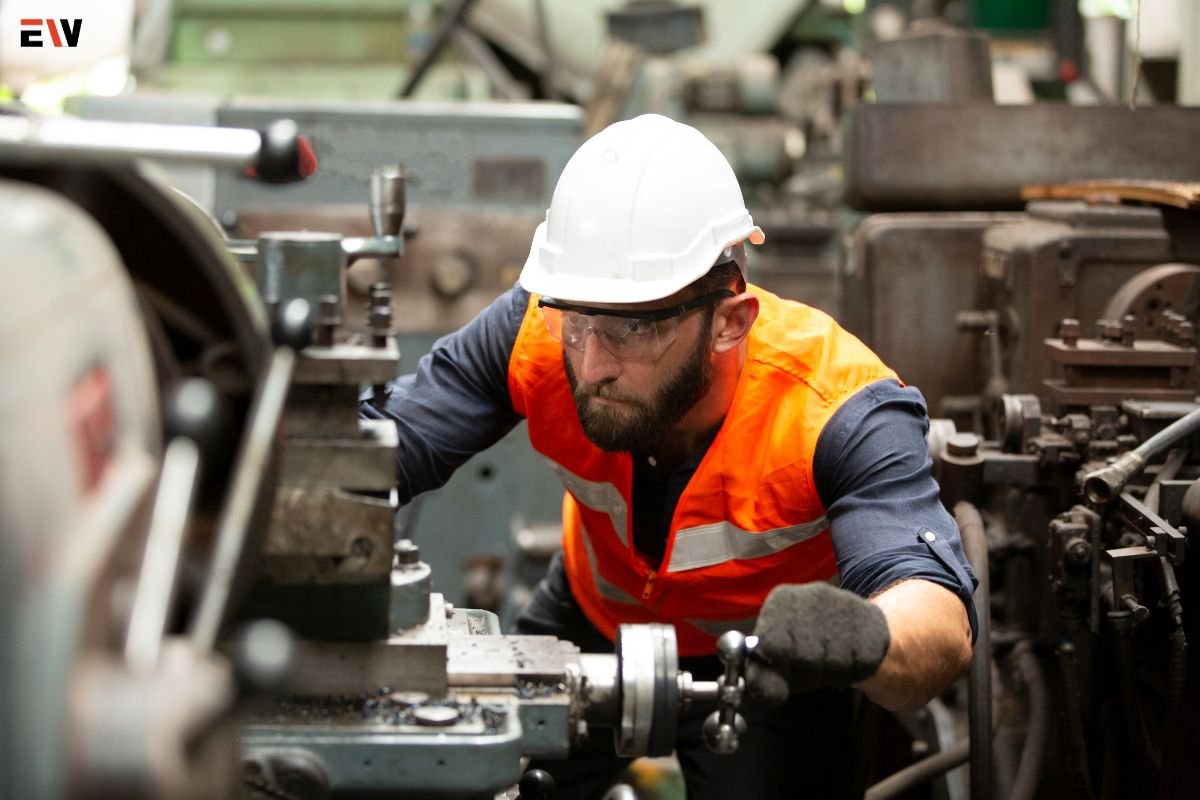Industrial manufacturing companies have long stood as pillars of economic growth and technological advancement. These entities are integral to the production of goods, infrastructure development, and the creation of employment opportunities worldwide. Over time, these companies have navigated through various eras of the Industrial Revolution, adapting to changing technologies, market demands, and global trends. Today, the digital era presents a new set of challenges and opportunities for industrial manufacturing companies, urging them to embrace innovation and transformation to stay competitive in a rapidly evolving market.
Evolution through Industrial Revolutions:
1. First Industrial Revolution – Mechanization and Steam Power
During the 18th and 19th centuries, the First Industrial Revolution marked the shift from hand production methods to machinery, powered primarily by steam engines. Industries such as textiles, iron, and coal mining saw substantial transformations, setting the foundation for modern manufacturing practices.
2. Second Industrial Revolution – Mass Production and Electricity
Advancements in the late 19th and early 20th centuries brought forth the Second Industrial Revolution. Electricity, assembly lines, and mass production techniques revolutionized manufacturing, leading to increased productivity and the rise of large-scale factories.
3. Third Industrial Revolution – Automation and Computers

The latter half of the 20th century witnessed the Third Industrial Revolution, characterized by the integration of electronics, IT, and automation into manufacturing processes. Computers, robotics, and programmable logic controllers (PLCs) redefined production methods, streamlining operations and enhancing precision.
4. Fourth Industrial Revolution – Industry 4.0 and Digitalization
The ongoing Fourth Industrial Revolution, often termed Industry 4.0, emphasizes the convergence of physical and digital technologies. This era is marked by interconnected systems, IoT (Internet of Things), AI (Artificial Intelligence), machine learning, big data analytics, and cyber-physical systems, transforming traditional manufacturing into smart, data-driven processes.
Challenges Faced by Industrial Manufacturing Companies in the Digital Era:
1. Technological Integration:
Adopting and integrating advanced technologies into existing infrastructures pose challenges regarding compatibility, cybersecurity, and workforce upskilling. Industrial manufacturing Companies must invest in R&D and training to leverage these innovations effectively.
2. Data Management and Security:
With increased connectivity and data collection, the challenge lies in managing vast amounts of data securely. Cybersecurity threats are a growing concern, requiring robust systems to safeguard sensitive information.
3. Changing Consumer Expectations:
Consumer demands for customization, faster delivery, and sustainable products are reshaping manufacturing processes. Flexibility and agility are essential to meet these evolving preferences.
4. Global Competition and Supply Chain Disruptions:
Globalization has intensified competition while exposing vulnerabilities in supply chains, as seen during recent disruptions like the COVID-19 pandemic. Companies need resilient, adaptable supply chains to mitigate risks.
Embracing Opportunities and Innovations:
1. Implementing Smart Manufacturing Practices:
Leveraging IoT sensors, AI-driven predictive maintenance, and real-time analytics, industrial manufacturing companies can optimize production processes, minimize downtime, and enhance quality.
2. Adoption of Additive Manufacturing (3D Printing):
3D printing technology offers the flexibility to produce complex components on demand, reducing waste and inventory while enabling rapid prototyping and customization.
3. Focus on Sustainability and Green Manufacturing:

Embracing eco-friendly practices and renewable energy sources not only reduces environmental impact but also resonates with a growing segment of environmentally conscious consumers.
4. Investing in Talent and Skill Development:
Addressing the skills gap through training programs and partnerships with educational institutions is crucial for a workforce capable of operating and optimizing digitalized manufacturing systems.
Enhancing Connectivity and Interoperability:
1. Embracing Interconnectivity:
Industrial IoT and interconnected devices facilitate seamless communication between machinery, systems, and stakeholders. This interconnectedness optimizes operations, enhances collaboration, and enables real-time decision-making.
2. Standardization and Interoperability:
Adopting common standards for communication protocols and interoperability frameworks is crucial for ensuring compatibility across diverse technologies and equipment, fostering a more cohesive and efficient manufacturing ecosystem.
Advanced Robotics and Automation:
1. Collaborative Robotics (Cobots):
Integration of collaborative robots alongside human workers streamlines tasks, improves safety, and boosts efficiency. These robots are designed to work in close proximity to humans, aiding in intricate or repetitive tasks.
2. Autonomous Systems:
The deployment of autonomous systems, including self-driving vehicles for material movement and drones for inventory tracking and inspection, optimizes logistics and enhances operational efficiency.
Digital Twin Technology:
1. Simulation and Modeling:

Digital twin technology creates virtual replicas of physical assets, enabling predictive analysis, scenario testing, and optimizing manufacturing processes without disrupting actual operations.
2. Lifecycle Optimization:
By monitoring and analyzing real-time data from the digital twin, companies can improve product development, optimize performance, and predict maintenance needs, leading to cost savings and improved product quality.
Reshaping Business Models:
1. Servitization and Product-as-a-Service (PaaS):
Shifting from a traditional product-centric model to offering services or outcomes allows companies to forge closer relationships with customers, providing solutions rather than just products.
2. Circular Economy Initiatives:
Adopting circular economy principles by reusing, refurbishing, or recycling products and materials contributes to sustainability goals while opening new revenue streams through reverse logistics and remanufacturing.
Regulatory and Ethical Considerations:
1. Compliance and Ethical Use of Data:
Navigating regulatory frameworks regarding data privacy, intellectual property rights, and ethical AI usage is essential. Companies need to uphold ethical standards while harnessing the power of data-driven technologies.
2. Sustainability Regulations:
Adhering to evolving environmental regulations and sustainability standards becomes paramount. Companies must align their practices with these regulations to meet market expectations and ensure long-term viability.
Conclusion:
The evolution of industrial manufacturing companies in the digital era transcends technological advancements; it encompasses a holistic transformation in business strategies, operational paradigms, and societal responsibilities. Embracing connectivity, advanced robotics, digital twin technology, innovative business models, and ethical considerations defines a new era of manufacturing excellence. As these entities navigate the complexities of the digital age, their ability to harness these opportunities while addressing challenges will determine their resilience and success in shaping a sustainable and technologically advanced future.









